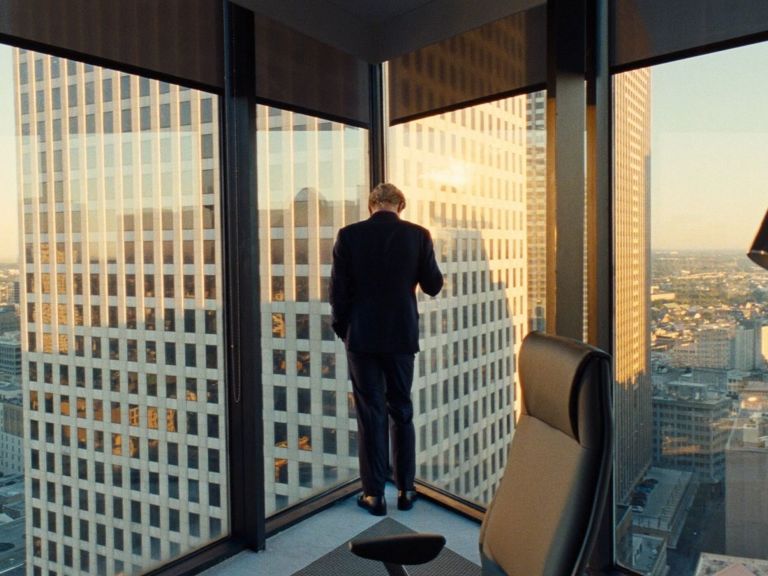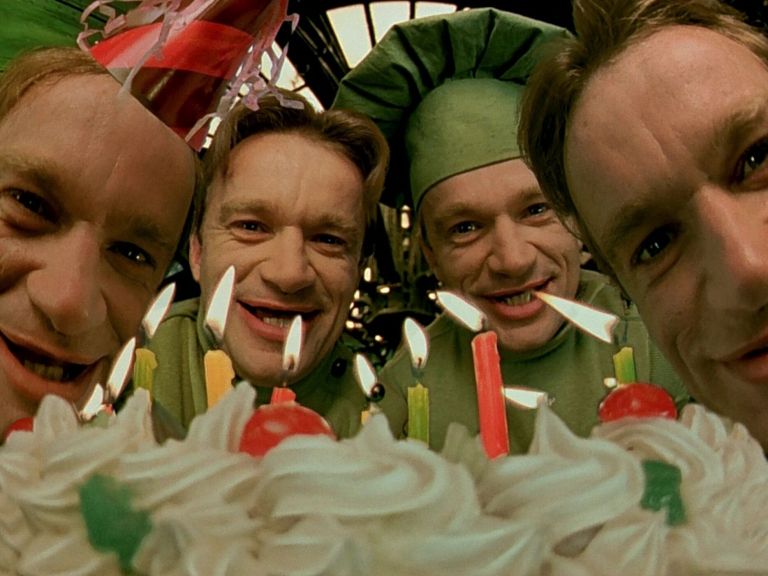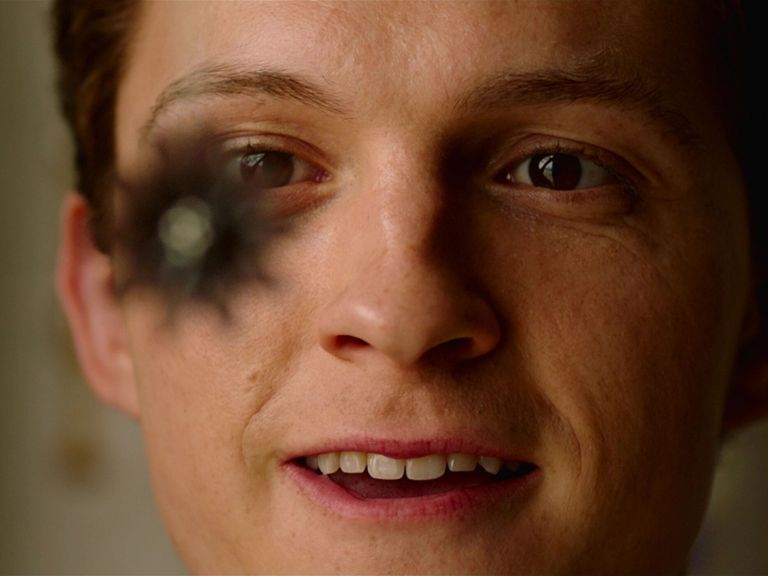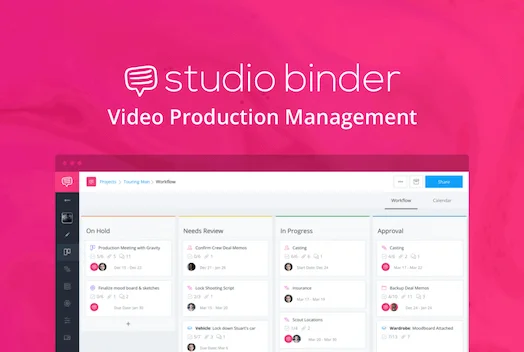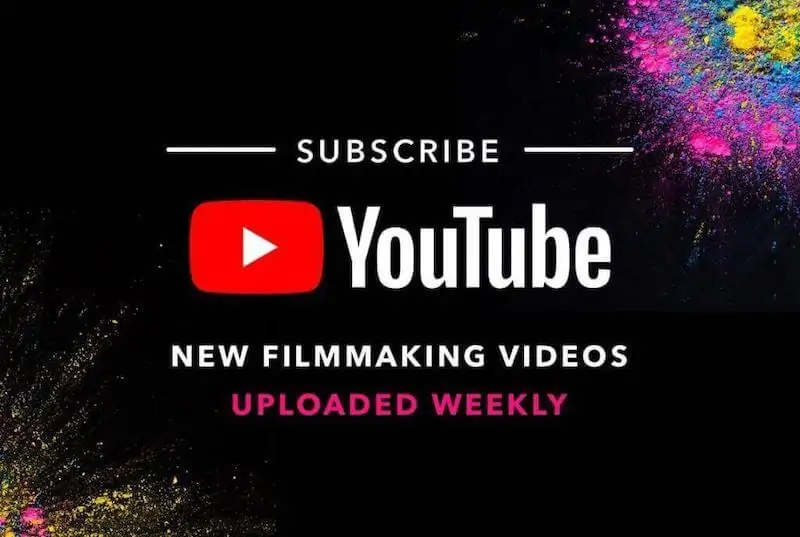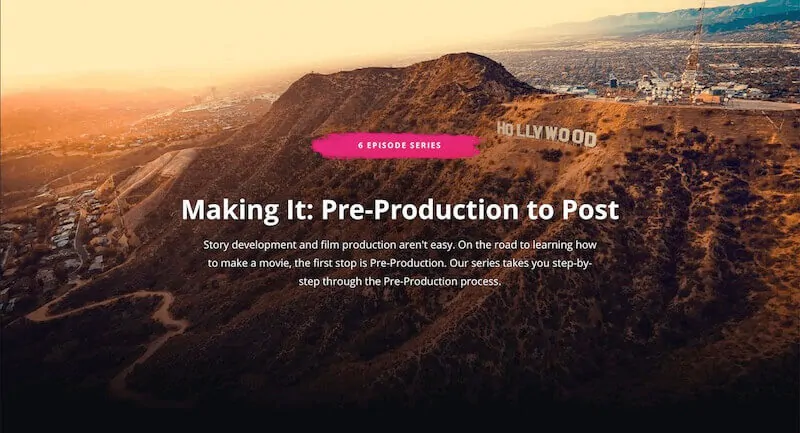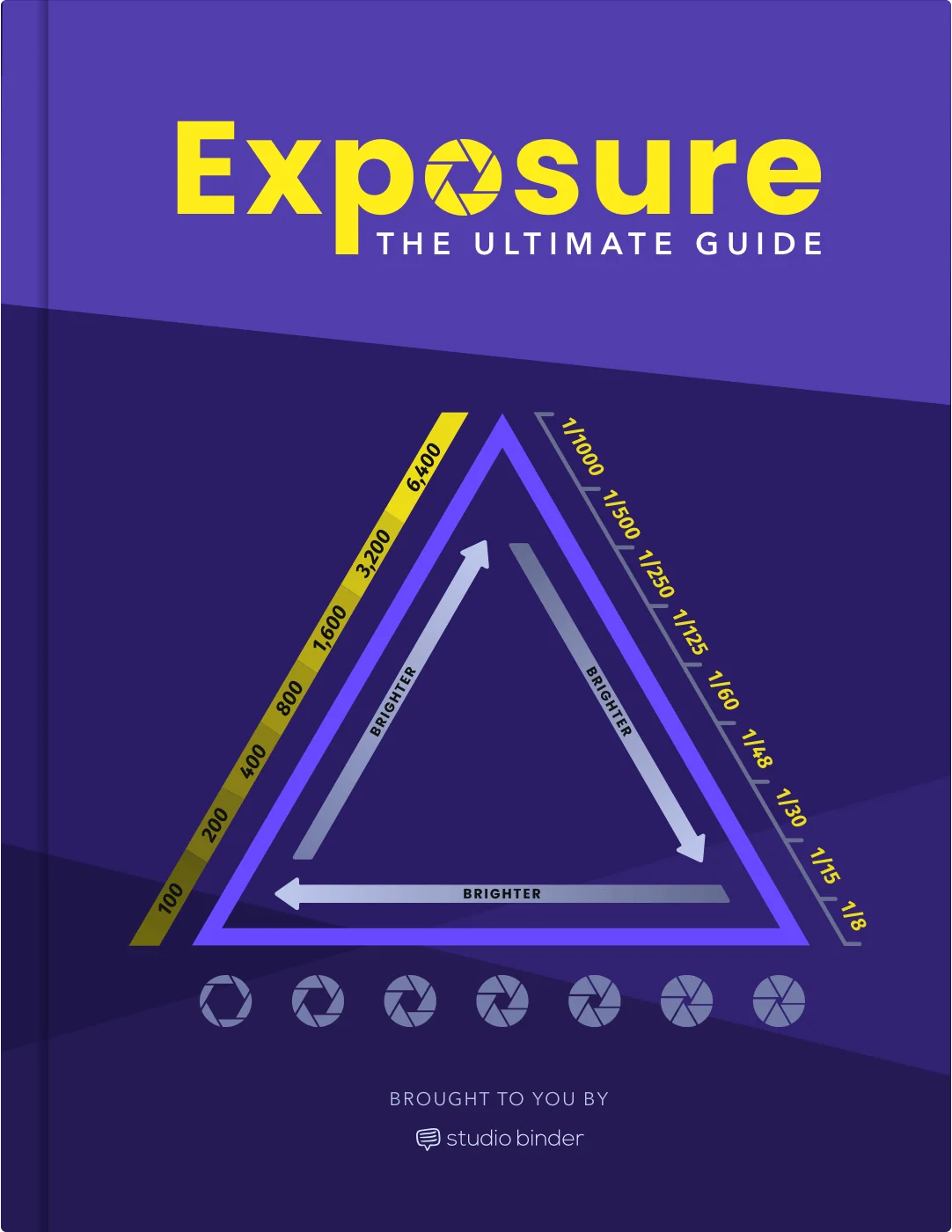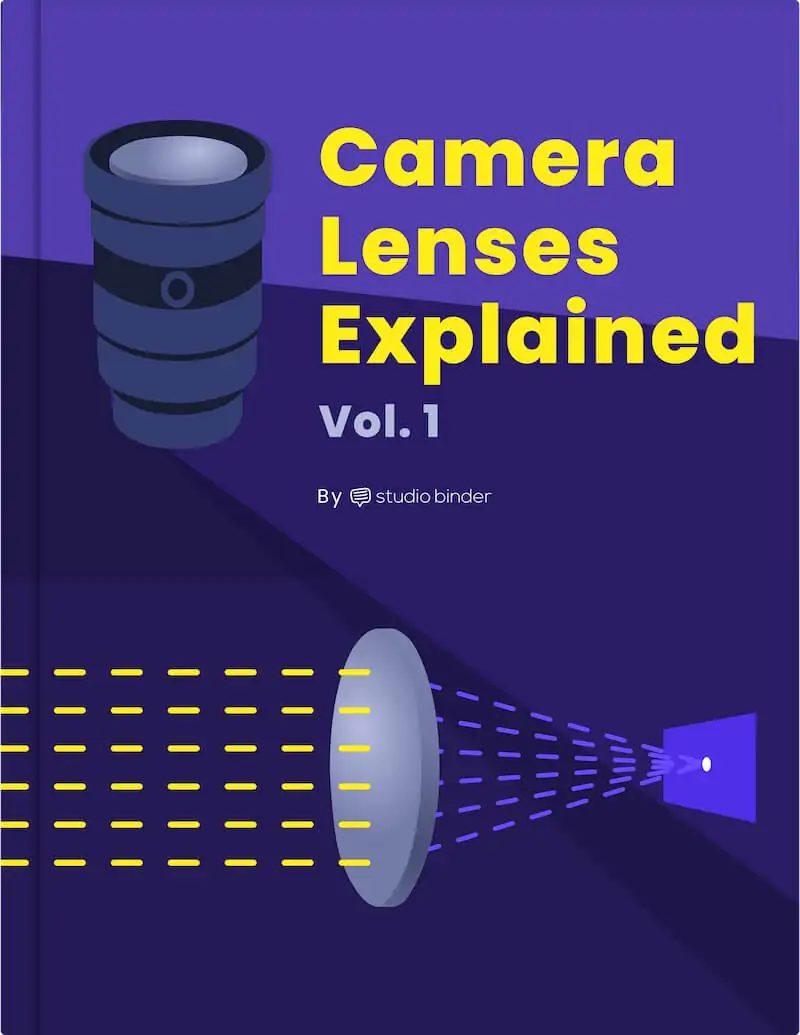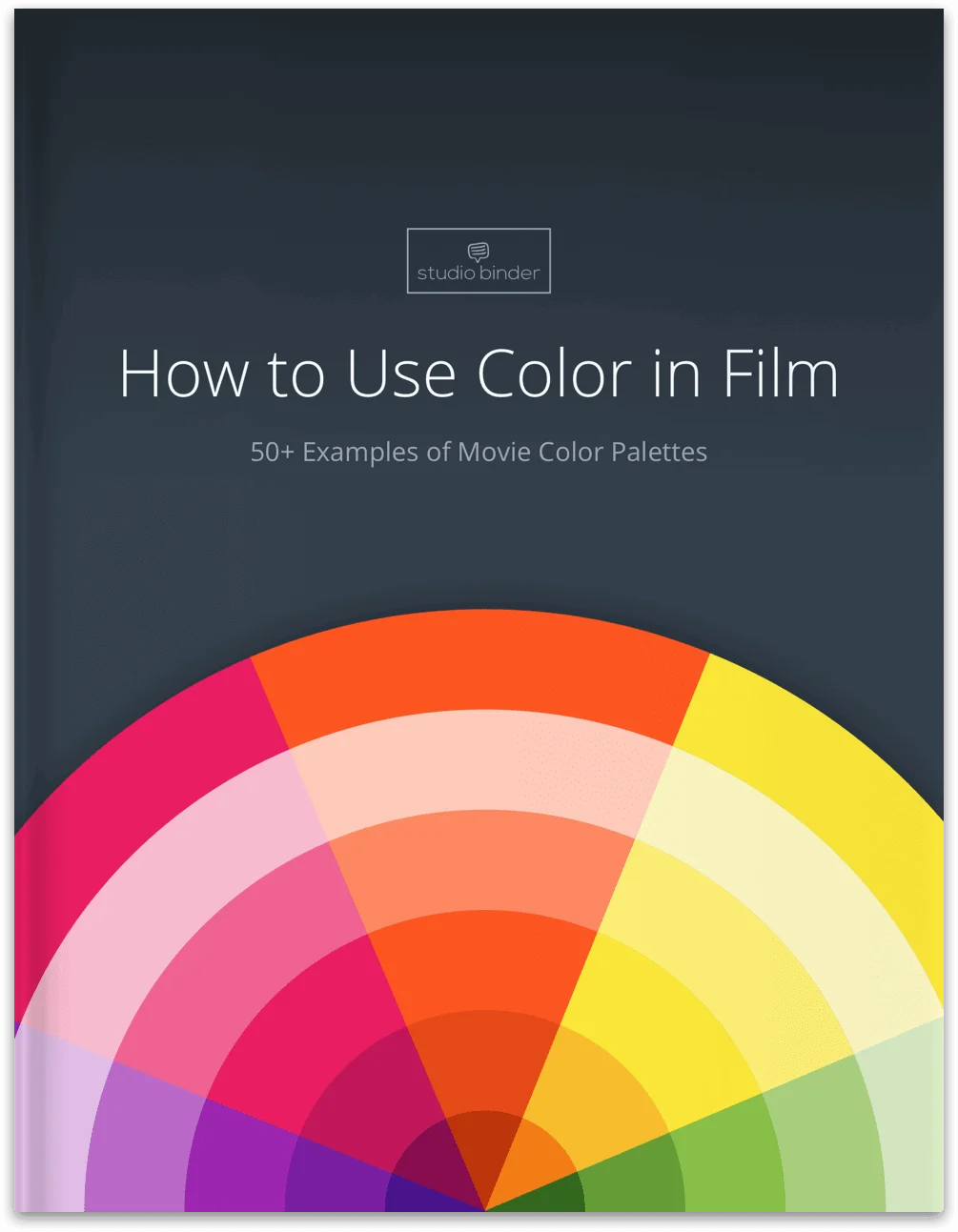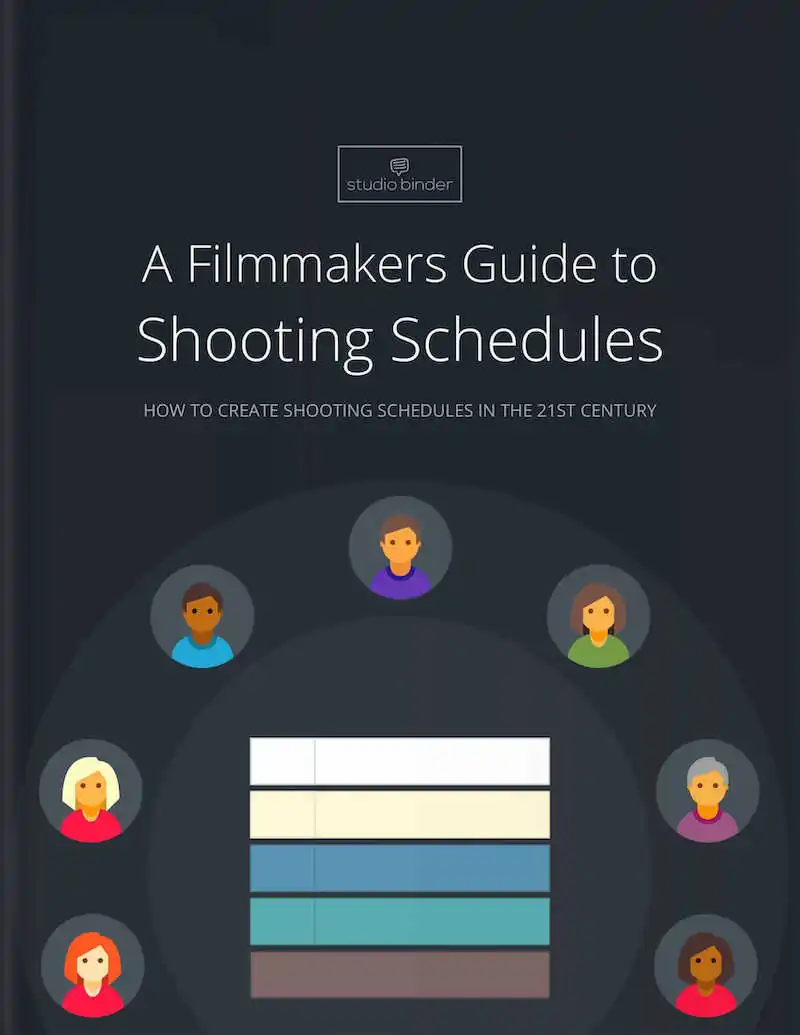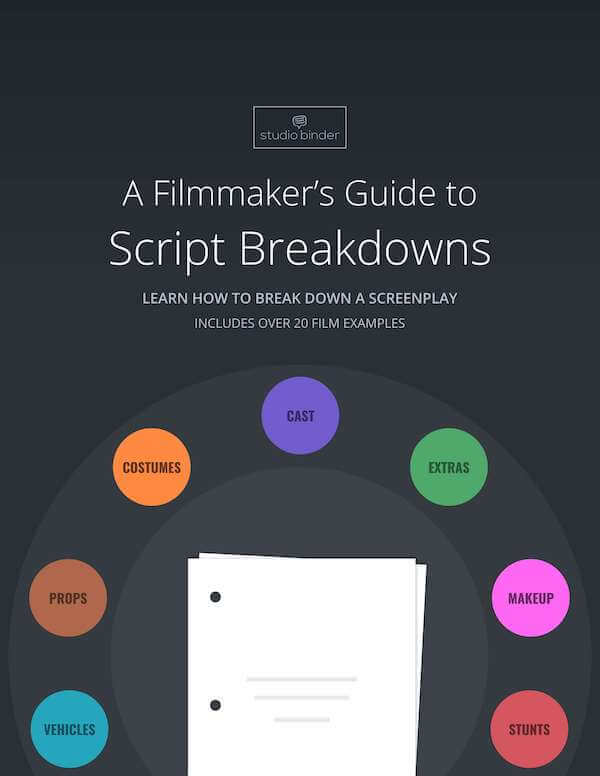home → Camera Lenses → Normal Lens Shot Search for:Search Button — The — Normal Lens Shot Get to know the ins and outs of the normal lens shot, beginning with what it means, how best to use it, and some of its most visually interesting examples. Video Examples Article NORMAL LENS DEFINITION What is a Normal Lens Shot? A normal lens shot (also referred to as a standard lens shot) takes a lens with a focal length of about 35mm to 50mm and applies it to the camera’s shot. A basic 35mm camera requires a focal length that is significantly…
home → Camera Lenses → Wide Angle Lens Shot Search for:Search Button — The — Wide Angle Lens Shot All you need to know about the wide angle lens shot, from what it means, to how to best utilize it, along with some standout examples. Video Examples Article WIDE ANGLE LENS SHOT DEFINITION What is a Wide Angle Lens Shot? A wide angle lens shot is defined by its lens with a focal length that rests typically between 24mm and 35mm. With this specific type of lens, a significantly more expansive field of view opens up to an extent no normal…
home → Camera Lenses → Ultra Wide Angle Lens Search for:Search Button — The — Ultra Wide Angle Lens Shot Get to know the ultra wide angle lens shot, starting with its definition, how to put it into action, and some of its best examples. Video Examples Article ULTRA WIDE ANGLE LENS SHOT DEFINITION What is an Ultra Wide Angle Lens Shot? An ultra wide angle lens shot is a shot in filmmaking that uses a type of wide angle lens with a focal length of anywhere between 18mm and 24mm. While a typical wide angle lens significantly expands the field…
home → Camera FOCUS → Rack Focus ShotSearch for:Search Button— The —Rack FocusFamiliarize yourself with the definition of rack focus in film, starting with what it means, how to use it, and some of its greatest examples.VideoExamplesArticleRack focus shot definitionWhat is a rack focus shot?A rack focus shot is an extremely common shot in film, but what is racking focus? This type of shot involves the camera changing or “racking” focus from one subject to another within the same scene, which guides the audience to focus on a character or object in the shot without having to change camera angles or start…
Alfred Hitchcock is one of the all-time great auteur filmmakers. His films can be explained in the simplest of terms: You know it when you see it. Over 55 years, Alfred Hitchcock directed dozens upon dozens of films, some of which have joined the pantheon of the greatest movies in cinema history. In this article, we’re going to rank the 30 best Alfred Hitchcock movies based on these four criteria: legacy, suspense, filmmaking, and story. Continue reading 30 Best Alfred Hitchcock Movies Ranked for Filmmakers
home → Composition Techniques → Shape in FilmSearch for:Search Button— How to Use —Shapes in FilmFamiliarize yourself with how shapes work in filmmaking, starting with what that means, how to use shape in film, and some great examples.VideoExamplesArticleGeometric shapes in film definitionWhat is line and shape in film?Filmmakers use a variety of techniques to tell their stories, from color palettes to lighting schemes to costume choices to camera shots. Shape is another tool filmmakers can use to create a visual language for their stories.For an in-depth exploration of this technique, check out our full guide to shapes in film, complete with examples…
home → Composition Techniques → Depth in FilmSearch for:Search Button— How to Use —Depth in FilmFamiliarize yourself with depth in film, starting with what it means, how to create depth in film, and some examples of the depth effect in film. VideoExamplesArticleFrame depth definitionWhat is frame depth?Film is a visual medium. Filmmakers tell their stories through a series of frames, creating different shot compositions to convey meaning, emotion, or interesting visuals. Movies are two-dimensional, but depth refers to the layers of a shot - foreground, middle ground, and background. Good shots arrange their layers to make the picture feel more three-dimensional. A shot’s…
home → Composition Techniques → Focal points Search for:Search Button— The —Focal PointFamiliarize yourself with focal points, starting with what it means, how to use it, and some of its greatest examples.VideoExamplesArticleFocal points in film definitionWhat is the focal point?What’s the point? A common phrase that can also be applied to film. In any shot you compose for your movie, you have to ask what the focal point is. What this means is addressing the idea of what you want your viewer to look at. Good directors and cinematographers want to draw the viewer’s eye to what matters, and that’s called the…
home → Composition Techniques → Contrast in FilmSearch for:Search Button— How to Use —Contrast in FilmFamiliarize yourself with contrast in both lighting and color, starting with what contrast can mean, how to use it, and some of its greatest examples.VideoExamplesArticleContrast definitionWhat is contrast?When filmmakers talk about contrast, they could be talking about a few different things. Maybe they’re referring to color contrast, which is how different colors in the frame interact with each other. Another likely meaning of contrast is in regards to lighting. Lighting contrast compares the light and shadow within a frame, and how dark or light the lights are…
home → Composition Techniques → Color in FilmSearch for:Search Button— How to Use —Color in FilmFamiliarize yourself with how color works in film, starting with what it means when filmmakers discuss color, how to use color in your films, and some examples from great films.VideoExamplesArticleColor theory for filmmakers definitionWhat is color theory in film?Film is a visual medium. Every visual cue you choose in your film can help convey the meaning and mood of your film, and choosing a deliberate color palette will help your film create its own visual world and language for the audience. When we talk about color theory…

